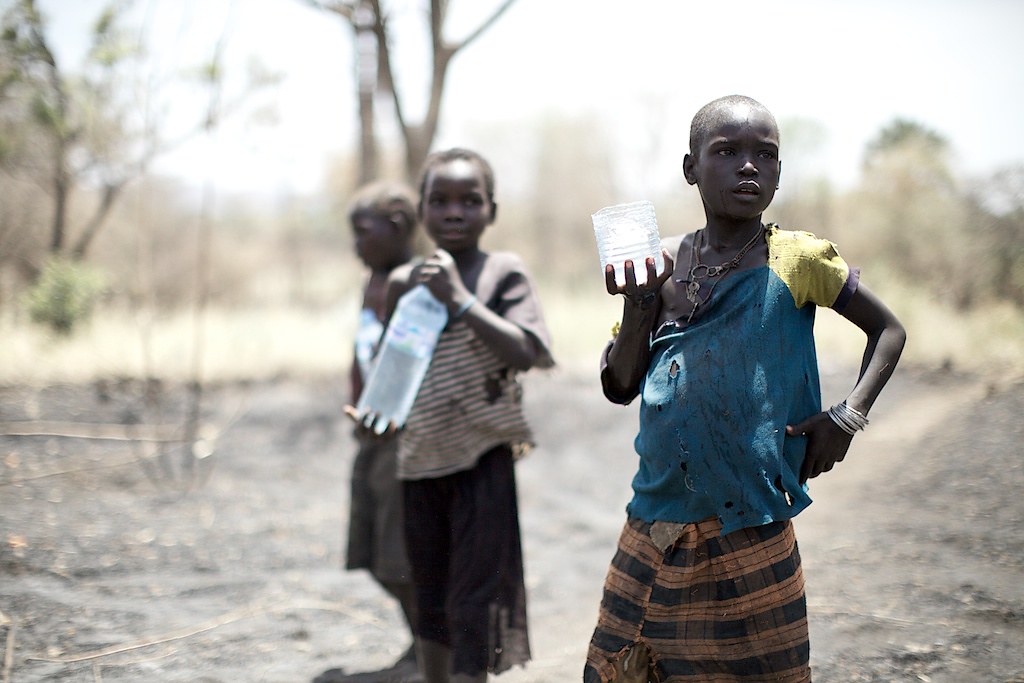
Child poverty in South Sudan is prevalent with many facing malnutrition, lacking education and having limited health care access. Sida’s multidimensional poverty analysis (MDPA) reports that one in 10 South Sudanese children starve to death by the time they are five years old and 73% of adults are illiterate.
Despite these harrowing challenges, community-led initiatives are emerging as efforts to break child poverty in South Sudan. From providing essential supplies to advocating for systemic change, these efforts are creating tangible paths toward hope and resilience.
Donate School Supplies
Decades of conflict have had disastrous effects on South Sudan’s educational system. Parents struggle to give their children the critical textbooks, uniforms and writing tools they need, which discourages many students from attending school.
These tools may seem small, but they are essential items to donate to disaster relief efforts aimed at bridging educational gaps. Families relieved of these material burdens can focus on ensuring their children attend classes and thrive academically.
Provide Personal Hygiene Kits
Hygiene-related health issues plague rural South Sudan, further straining children’s ability to stay in school. Many children miss crucial days due to preventable infections as a result of inadequate hygiene or a lack of menstrual supplies.
Simple hygiene kits—including soap, a toothbrush, toothpaste or sanitary items—enhance well-being and could improve school attendance significantly. Hygiene kit drives, organized through schools, workplaces or community groups, can distribute these essential resources to children in need. For example, Pads For Peace is a project organized through Global Giving, which helps to gather funding for sending menstrual hygiene supplies for women in Sudan.
Support First Aid Donations and Community Training
Surrounded by scarce health care infrastructure, children in South Sudan often rely on bandages and antiseptics for minor injuries due to the lack of clinics and medications. These seemingly small items can prevent infections and save lives when medical care is unavailable.
Beyond supplies, consider petitioning to secure funding for community health volunteer programs in South Sudan. Medical professionals can administer care and share basic medical knowledge. This empowerment strengthens the foundations of health at a local level. For example, Medicial Team International has already completed more than 641,426 medical screenings for people in South Sudan between 2020 and 2024.
Explore Other Ways To Help
The opportunities to contribute are endless. Hosting fundraising events can support food collection programs or provide critical funding for NGOs on the ground. Meanwhile, sponsoring a child’s education directly guarantees long-lasting change in an individual’s life.
Advocate for Systemic Change
Widespread governmental corruption worsens resource allocation and denies children access to basic needs. Reaching out to policymakers and signing petitions amplifies the urgency for transparency and global funding.
Advocacy efforts pushing for international human rights interventions keep South Sudan’s plight in focus, you can urge world leaders to prioritize child poverty in the region. If a person uses their voice to hold governments accountable, they can help uproot harmful systems that perpetuate inequality.
Making a Difference
The road to eliminating child poverty in South Sudan may seem insurmountable, but it begins with small, purposeful actions. From donating supplies to advocating for policy change, everyone can play a role in efforts to break child poverty in South Sudan.
– Kelly Schoessling
Photo: Flickr
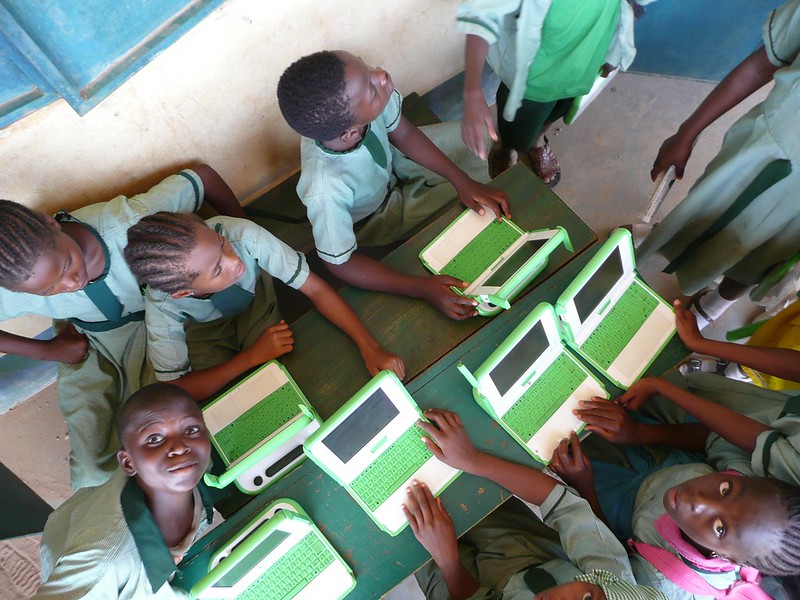

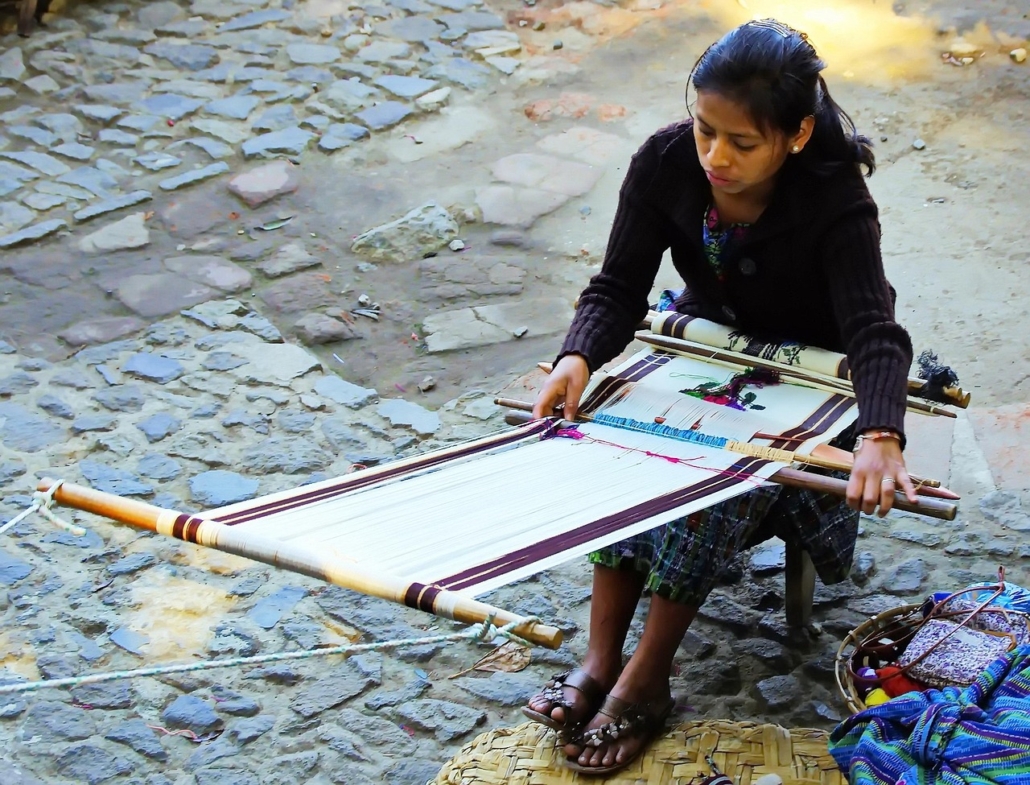
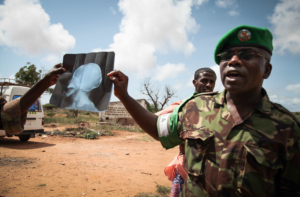


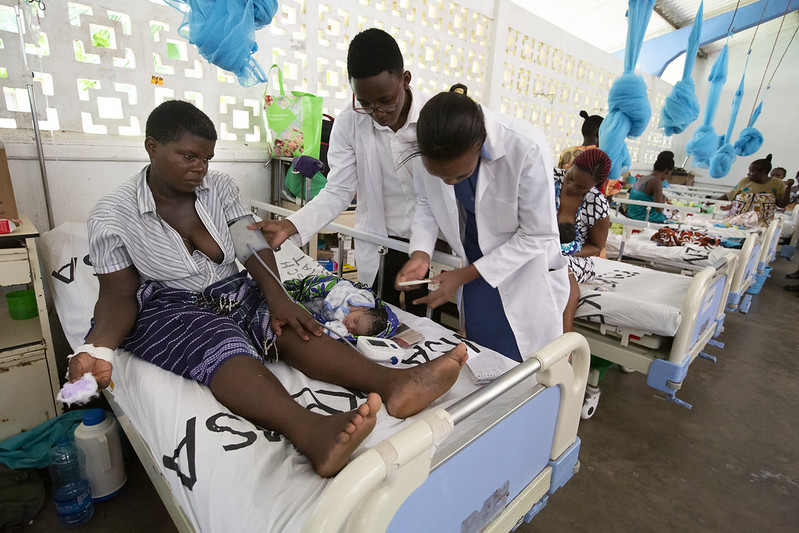 Kenya is currently experiencing a boom in medical AI innovations. From the minds of hardworking scientists and medical groups, sprouts one solution to a modern
Kenya is currently experiencing a boom in medical AI innovations. From the minds of hardworking scientists and medical groups, sprouts one solution to a modern 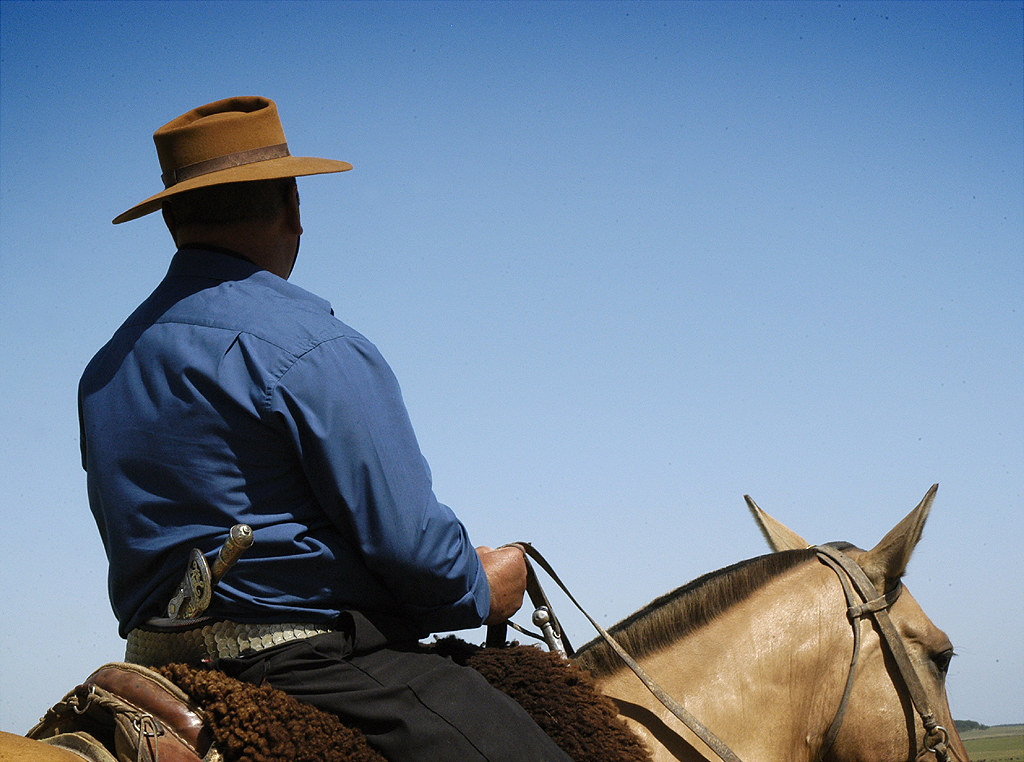
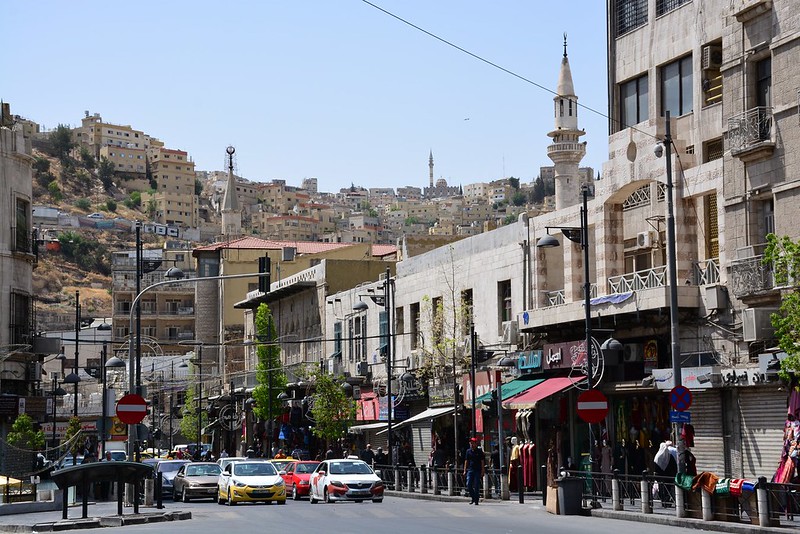 Jordan, officially named the Hashemite Kingdom of Jordan, hosts
Jordan, officially named the Hashemite Kingdom of Jordan, hosts 